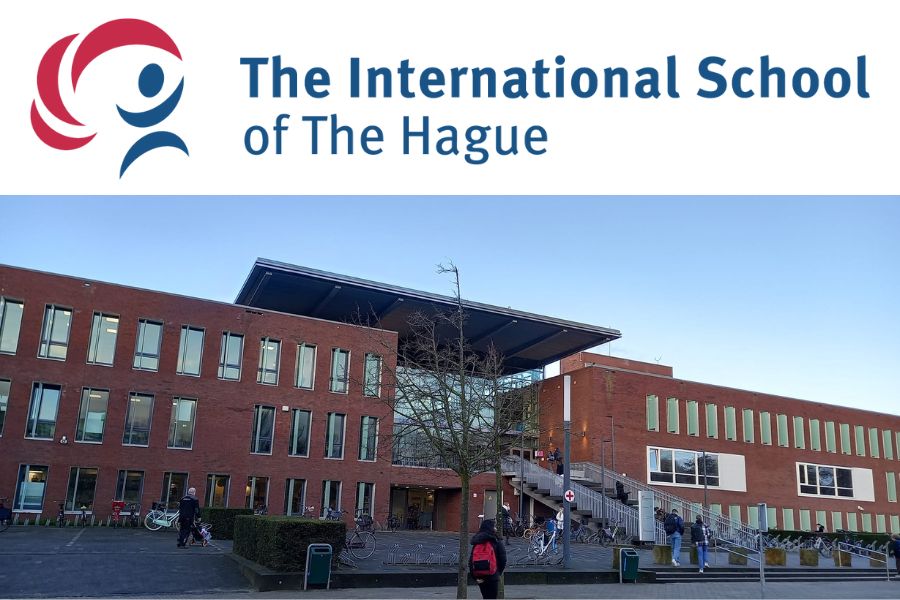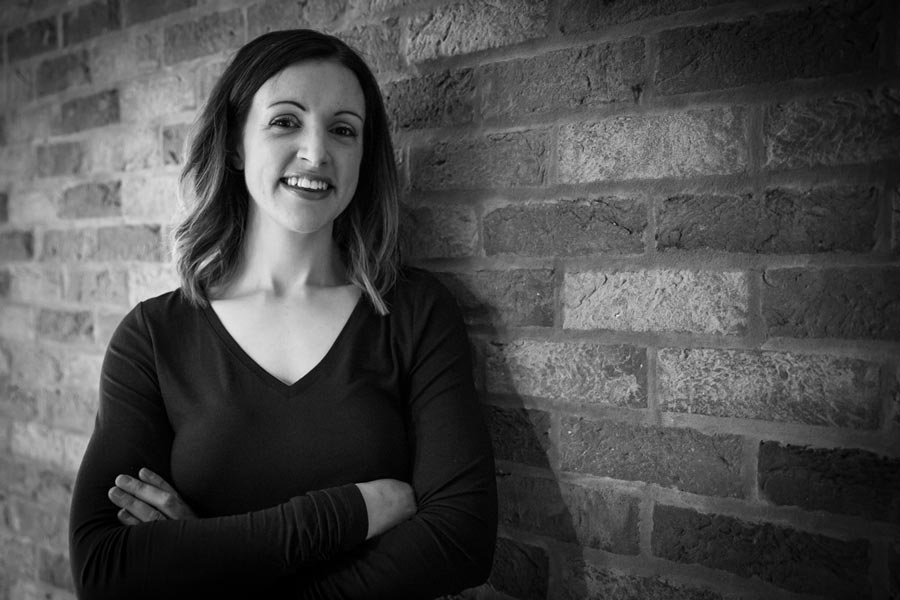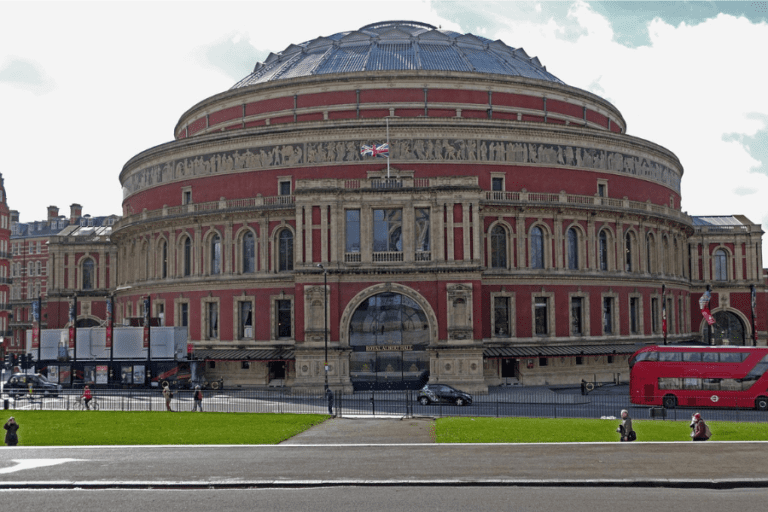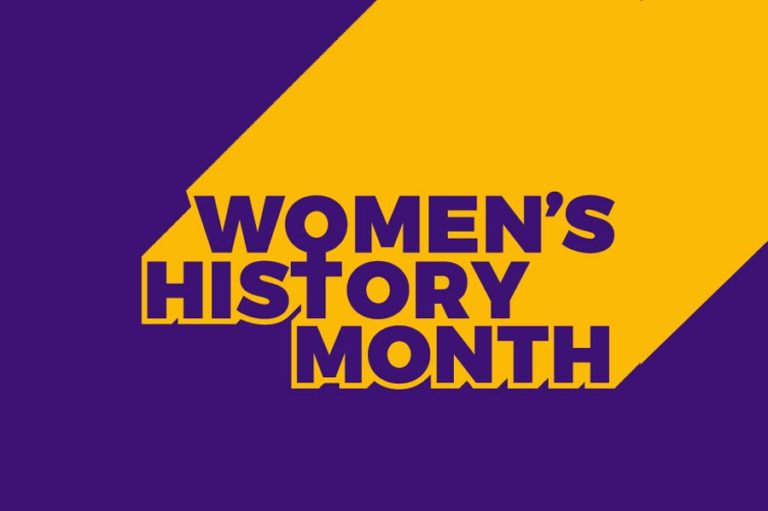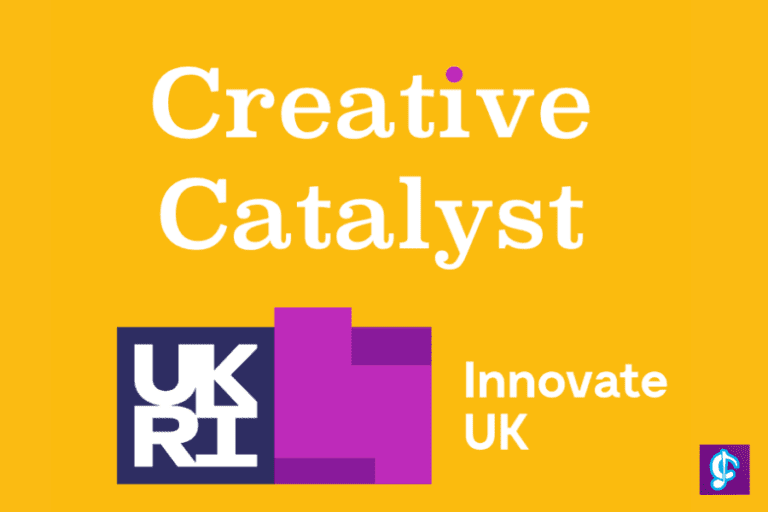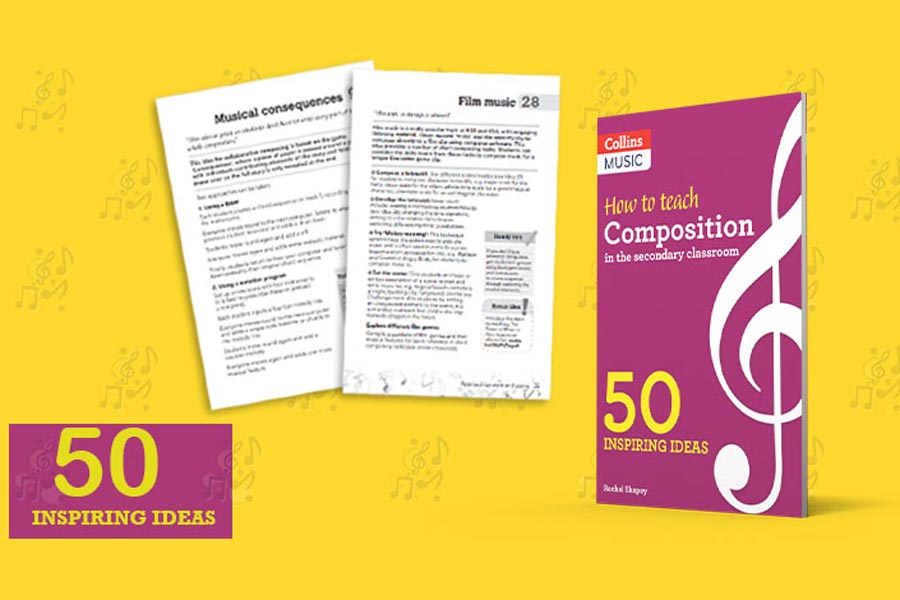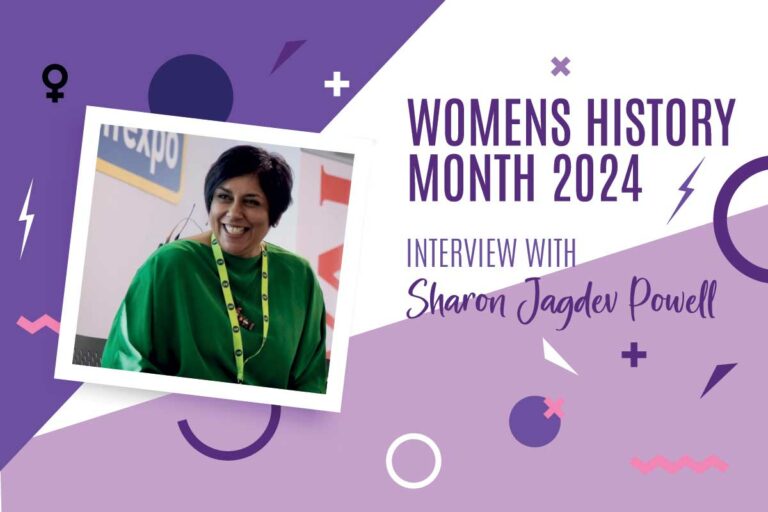As part of the I Can Compose Innovate UK Creative Catalyst Project I was thrilled to be invited to visit the International School of the Hague in the Netherlands by Samuel Wright, Diploma Subject Coordinator of Music and Rebecca Wade-Chung, Middle School Subject Coordinator of Music.
Samuel is a highly experienced music educator whose teaching integrates technology alongside a strong focus on music pedagogy. He is also the author of the MYP Music by Concept Book that shares his approach to building creative tasks for all types of music classrooms.
I received a warm welcome from Samuel and Rebecca (their colleague Emillio Parrilla was presenting at another school in the Netherlands). They are proud to be international school music teachers and it was a privilege to be able to observe them in action and chat about creativity and composing in the classroom…
Context
Before I share my experience I think it’s valuable to provide some context to the school and my visit. At ISH teachers deliver the MYP (Middle Years Programme) and DP (Diploma Programme) as part of the International Baccalaureate. Samuel explained how the IB curriculum enables him to choose topics and concepts that will engage students, encourage them to take ownership of their musical learning and give opportunities to experience music in the ‘real-world’ (relevance and application).
MYP
MYP Students complete summative assessment tasks and can create an ePortfolio which is assessed by the teacher. In the final part of this programme, students complete an independent personal project which is externally verified. This requires learners to demonstrate organisational skills and work autonomously.
DP
Samuel and Rebecca shared with me how the DP allows them to have a flexible and personalised approach. They can choose Four Areas of Inquiry, choosing the musical genres and examples they study. Throughout the course students have three roles: researcher, creator and performer and they must engage in three musical processes: exploring music and its context; experimenting with music and presenting music. The department builds creative practical tasks into all of their MYP lessons to enable students to build on these skills further at DP level.
This image sums up the DP philosophy – with the learner at the centre:
(Credit: IBO website)
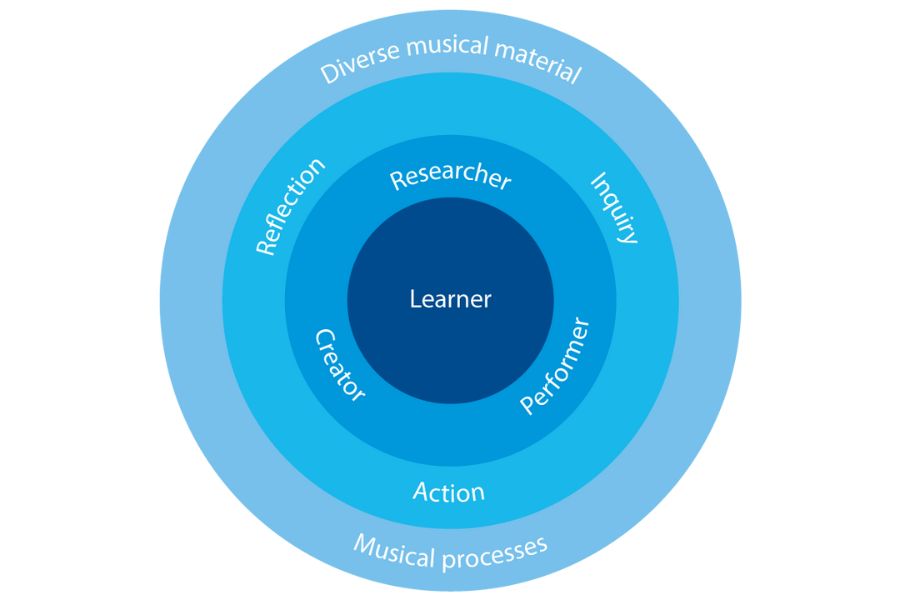
My visit
At I Can Compose we’re coming to the end of our Innovate UK Creative Catalyst project and one aspect of this project is to meet with music teachers to share ideas about composing and creativity in the classroom. This was very much a learning visit which enabled the music department and I to share classroom experiences. It seems that we all believe in encouraging and enabling students to experiment, make mistakes and embrace the creative journey that is composing!
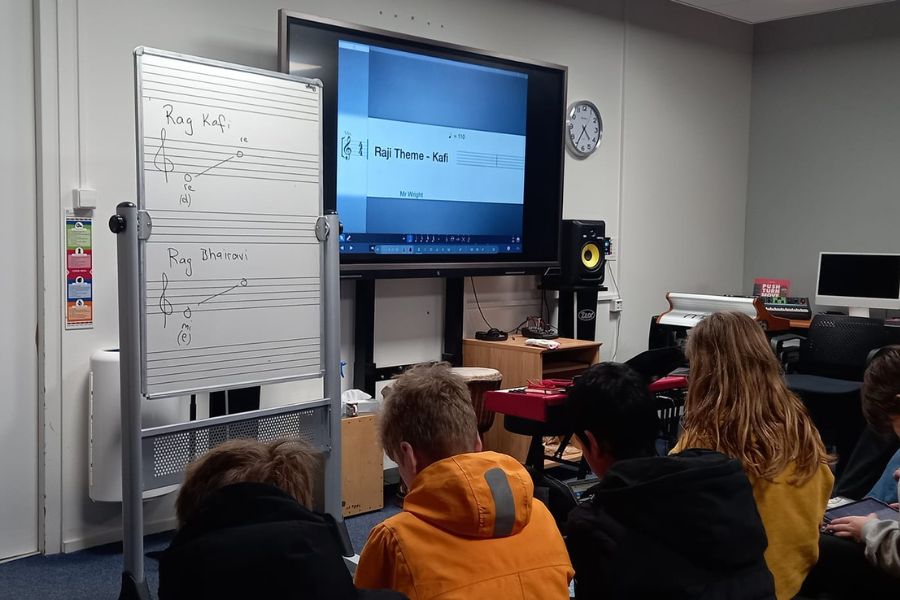
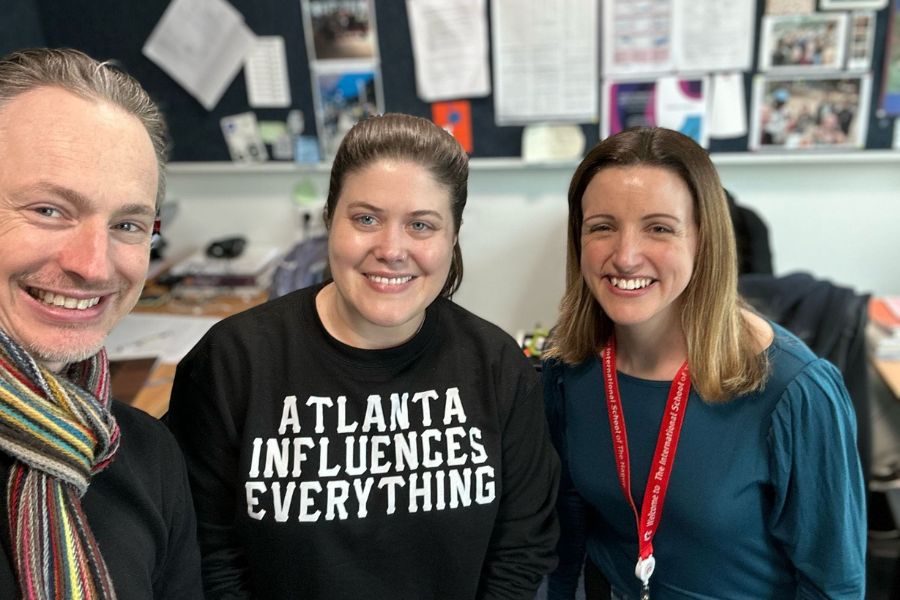
Music at ISH
To give background to the music lessons I observed…
- Lessons are 90 minutes (with a 5 minute break halfway through)
- There are no desks in the music classrooms…instead, cubes (to sit on or use as tables) are stacked at the side and students retrieve these at the start of each lesson. This allows for flexibility of tasks and practical activities.
- There are two main teaching rooms, 5 practice rooms and a recording studio.
- Each classroom has two or three large keyboards.
- A set of Orff instruments (glockenspiels, xylophones etc) is used regularly in practical tasks.
Using Technology
At ISH every student has an iPad or laptop, and in addition the Music DP students have an A4 book to write notes and collect evidence for their portfolios. Samuel explained how knowing that every student has an iPad with the same software / apps uploaded (they use Musescore, GarageBand and Logic Pro) has been a game-changer for the department. Students access what they need through Google Classroom and for composing tasks can use MuseScore. Not everything is technology-based though and it was great to see a Year 7 class using the Orff instruments to learn a melody based on the Phrygian mode and Year 9 using tuned percussion and keyboards to create their advert jingles.
Creative and Innovative Music Curriculum
The ISH music department proudly delivers a creative and innovative curriculum. During my visit I observed a range of lessons including: melodic intervals bingo (or ‘Noto!’) with Year 7; foley and sound effects with Year 8; melody-writing through video game music (using ragas) with Year 7; Improvising and graphic scores with Year 10 and string-writing (focus on Bernard Herrmann and Danny Elfman) with Year 10. The graphic score lesson had students using small coloured building blocks to create a 3D structure which was then ‘performed’. They could decide whether particular structures portrayed a certain musical feature e.g chords or a melodic motif, and whether block colours determined the course of the music in a particular way. This then led onto an exploration of how we can set musical ‘rules’ when improvising. In small groups students used the blocks, packs of cards and sets of dice to create a short piece of music.
Of course I only observed a snapshot of these longer projects and topics, but it was clear to see that students’ creativity is nurtured through regular practical tasks where they are challenged to experiment and assured that mistakes are ok! They are well accustomed to evidencing everything for their portfolios, photographing or recording their practical work and uploading to Google classroom.
Samuel says “Learning to create, play or improvise with others is the beginning of becoming a future creative! We aim to take the fear out of picking up an instrument and instead look to those who we want to play-produce-sing ‘like’ and ask, ‘how can I develop my voice to do this?’ ‘How can I be confident in the creative industry of today?'”
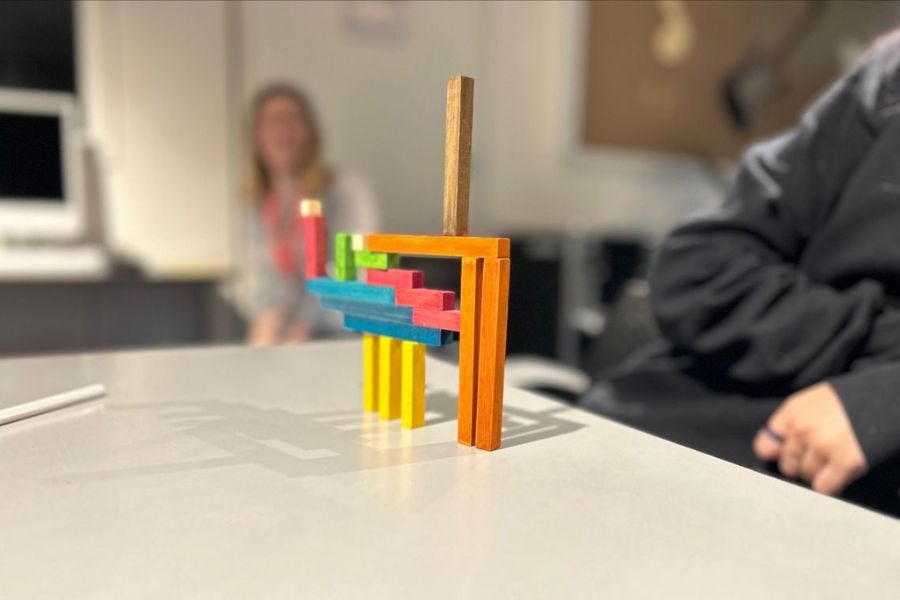
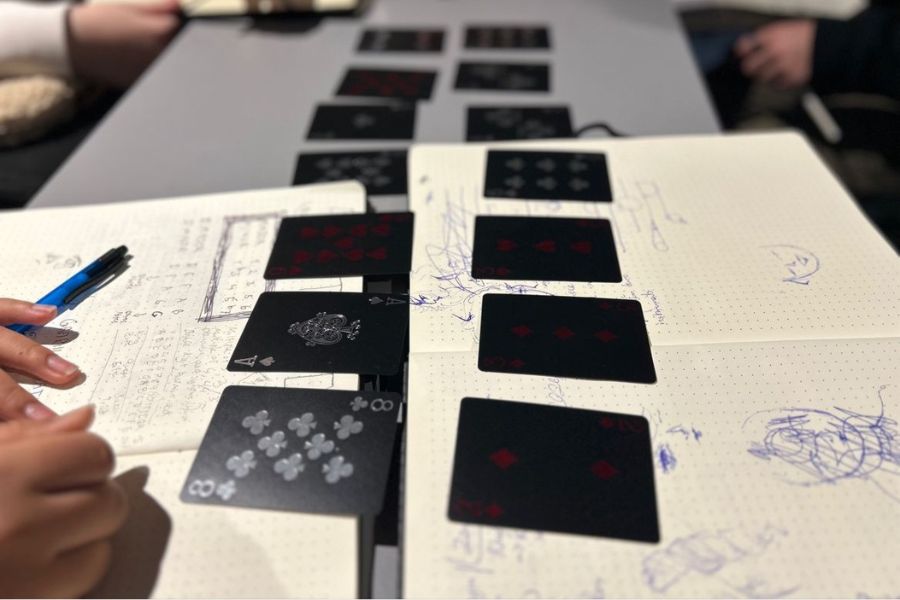
Images: Samuel Wright
Real-world opportunities
Samuel is a huge advocate of ‘real world’ projects. When students can see the relevance and application to their own lives, it can be hugely motivating. I observed a Year 9 lesson where the class were exploring advertising jingles and the psychology behind using various chords to achieve different outcomes. They looked at a shopping app as an example, where an ascending major triad is sounded when an item is added to the basket and a diminished chord is heard if the item is removed. Students were quickly able to recognise the four types of chord (major / minor / diminished / augmented) when they connected the sounds to this real-world application. They had a go at creating their own motifs on instruments, for different scenarios and were excited to learn that the next stage of the project is to go into town and visit local businesses, offering to create a jingle for an advertisement. Back at school they will then create the advert as part of an assessment.
A programme close to Samuel’s heart is the GEMS Events Film Scoring Summer Programme in Spain. Students work with professional composers and have their scores performed by a 60-piece orchestra as well as have the opportunity to record a professional video for their portfolios. Last year he took a group of students and his own music was performed by the orchestra, and this year they’re returning! Samuel says “With students inspired by what they have heard we look forward to a new cohort of creative composers.”
Final thoughts
It was wonderful to spend time in the Music department at the International School of the Hague and connect with two passionate music educators who care deeply about their students and about teaching music creatively. Although only a short trip, I came away buzzing with ideas and a reminder to nurture my own personal creativity (running a business can eat into creative time!). It was a joy to share the Creative Catalyst project with the ISH music department and to explore how it could develop further. Watch this space!
